Vital Proteins’ Unified Design System
Developed a unified design system, considering brand guidelines and Tailwind CSS standards, to enhance implementation speed, benefiting all teams involved in daily projects.
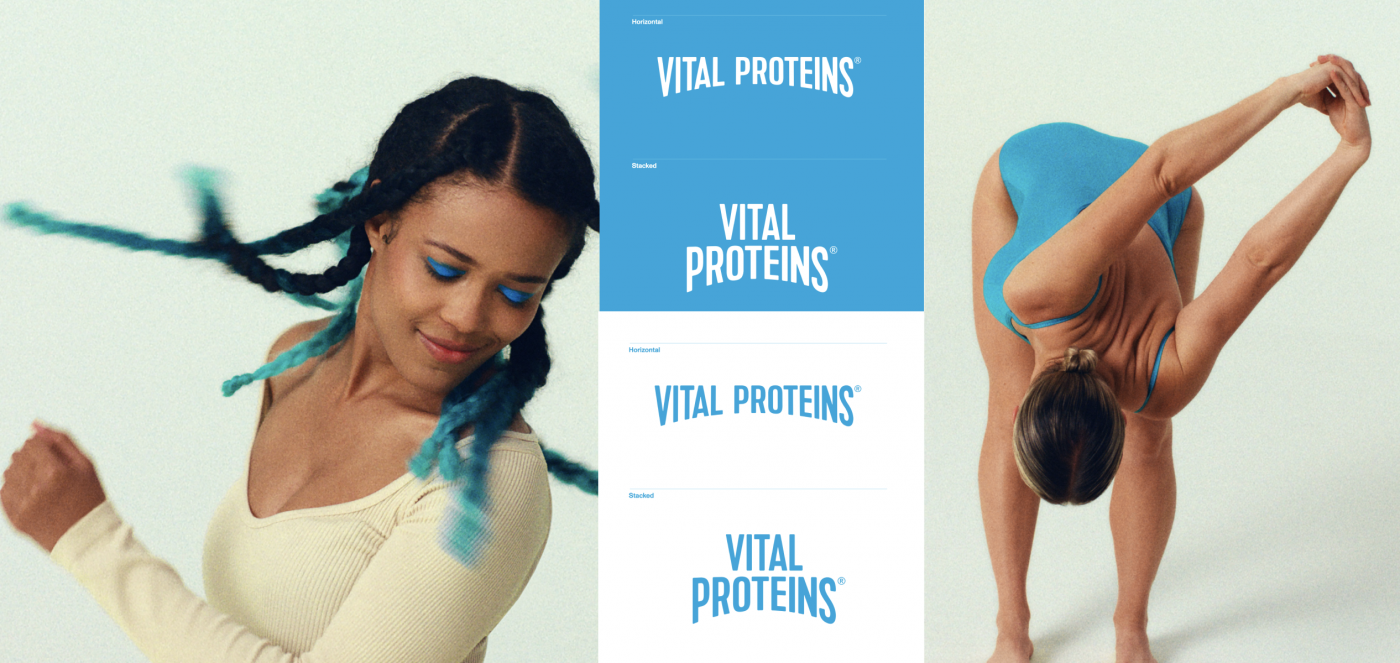
Developed a unified design system, considering brand guidelines and Tailwind CSS standards, to enhance implementation speed, benefiting all teams involved in daily projects.


leading the new design system creation, aligning design and development for efficiency.

Figma

5 Weeks
The creation of the new design system centered around elements such as the grid system, typography, colors, CTAs, and components. The major success was in aligning design and development processes, addressing inefficiencies caused by diverse CSS standards for developers. This initiative optimized workflows, resulting in quicker project timelines and establishing a unified design system as a robust foundation for the entire team.
Vital Proteins’ existing design system faced the following problems:
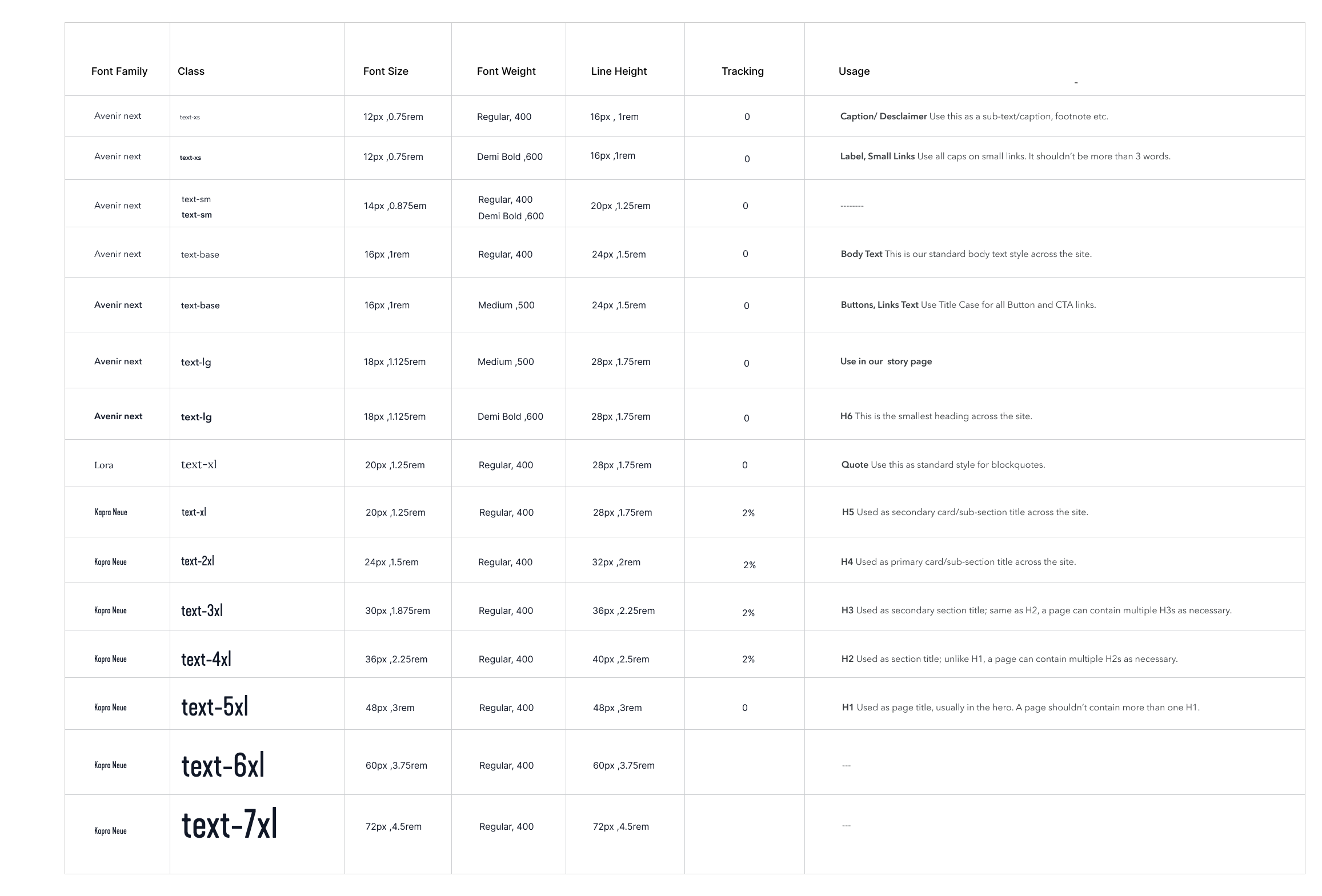
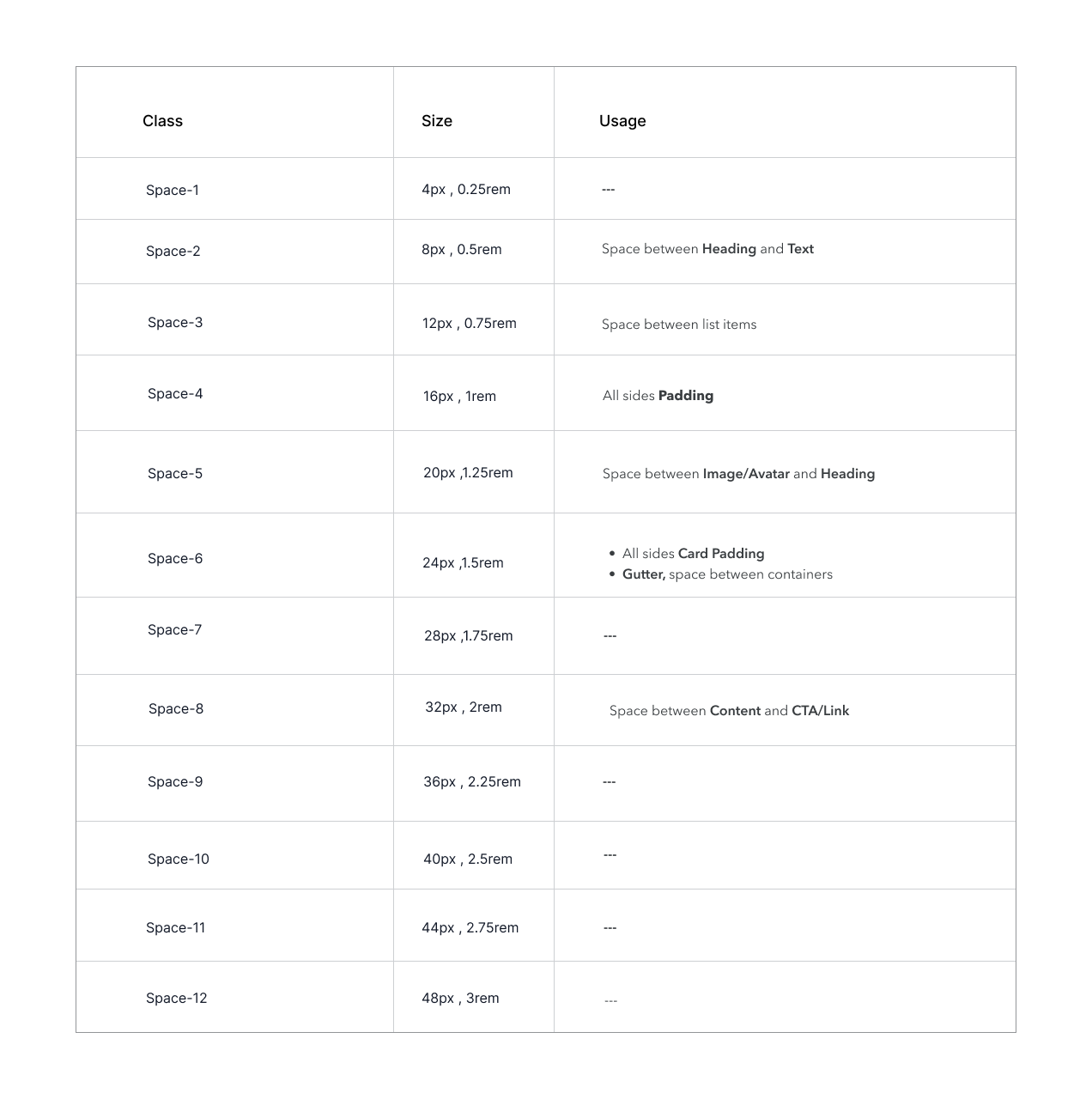
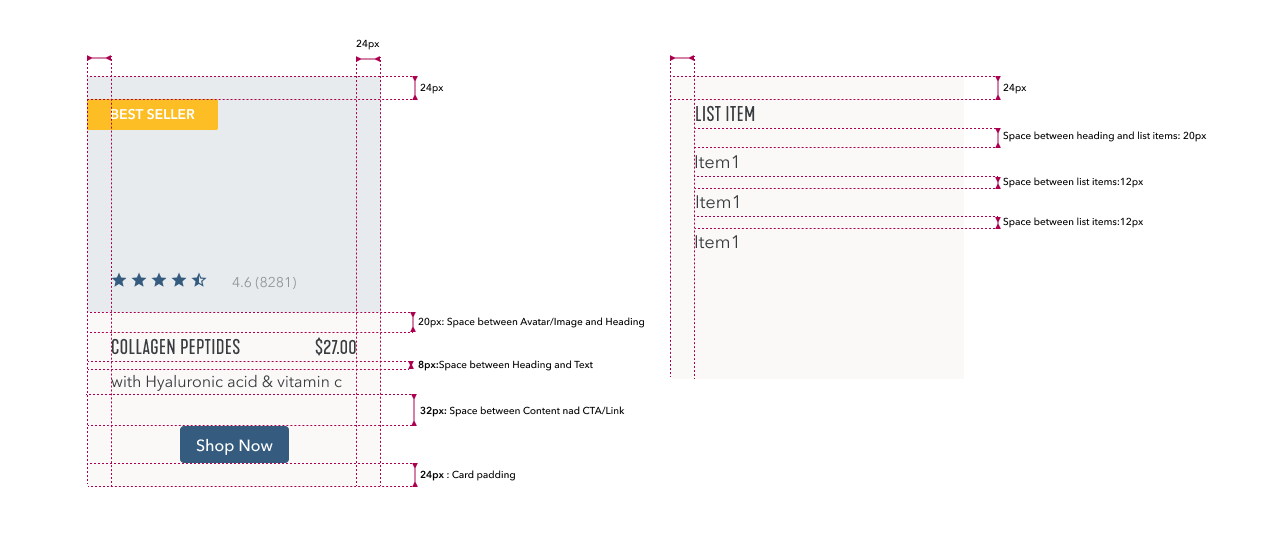
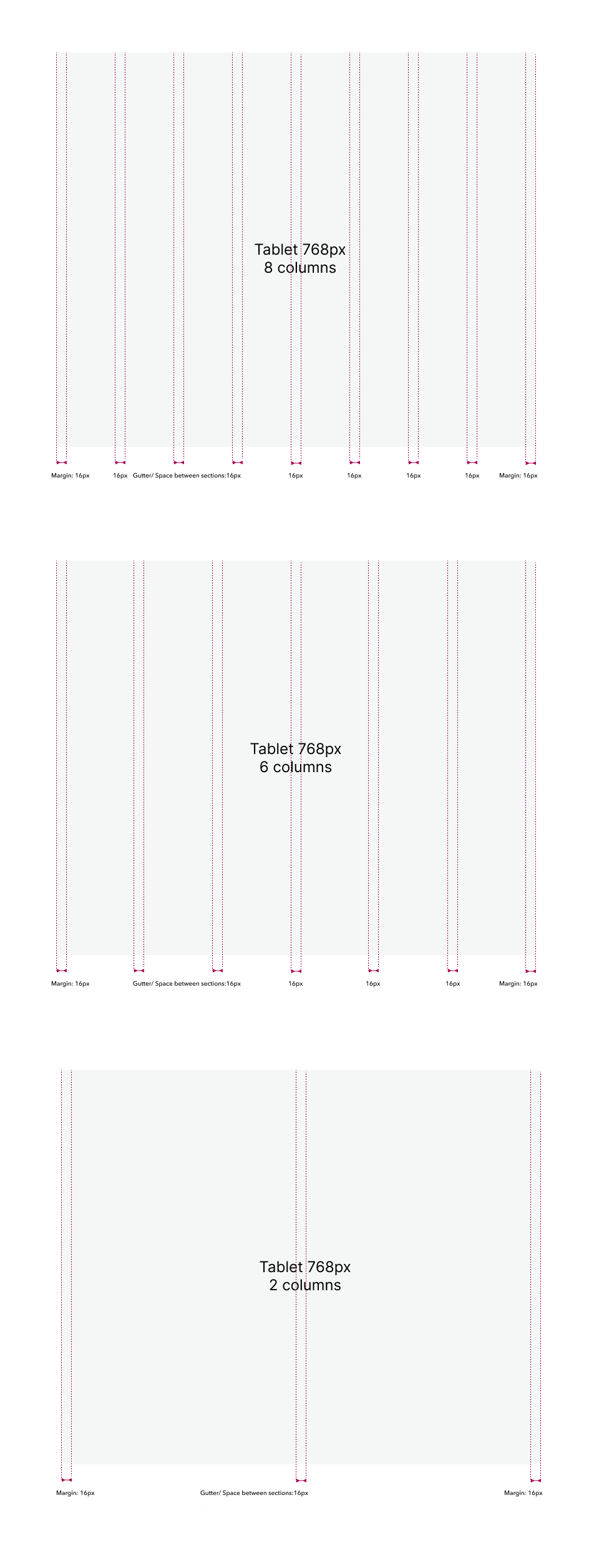
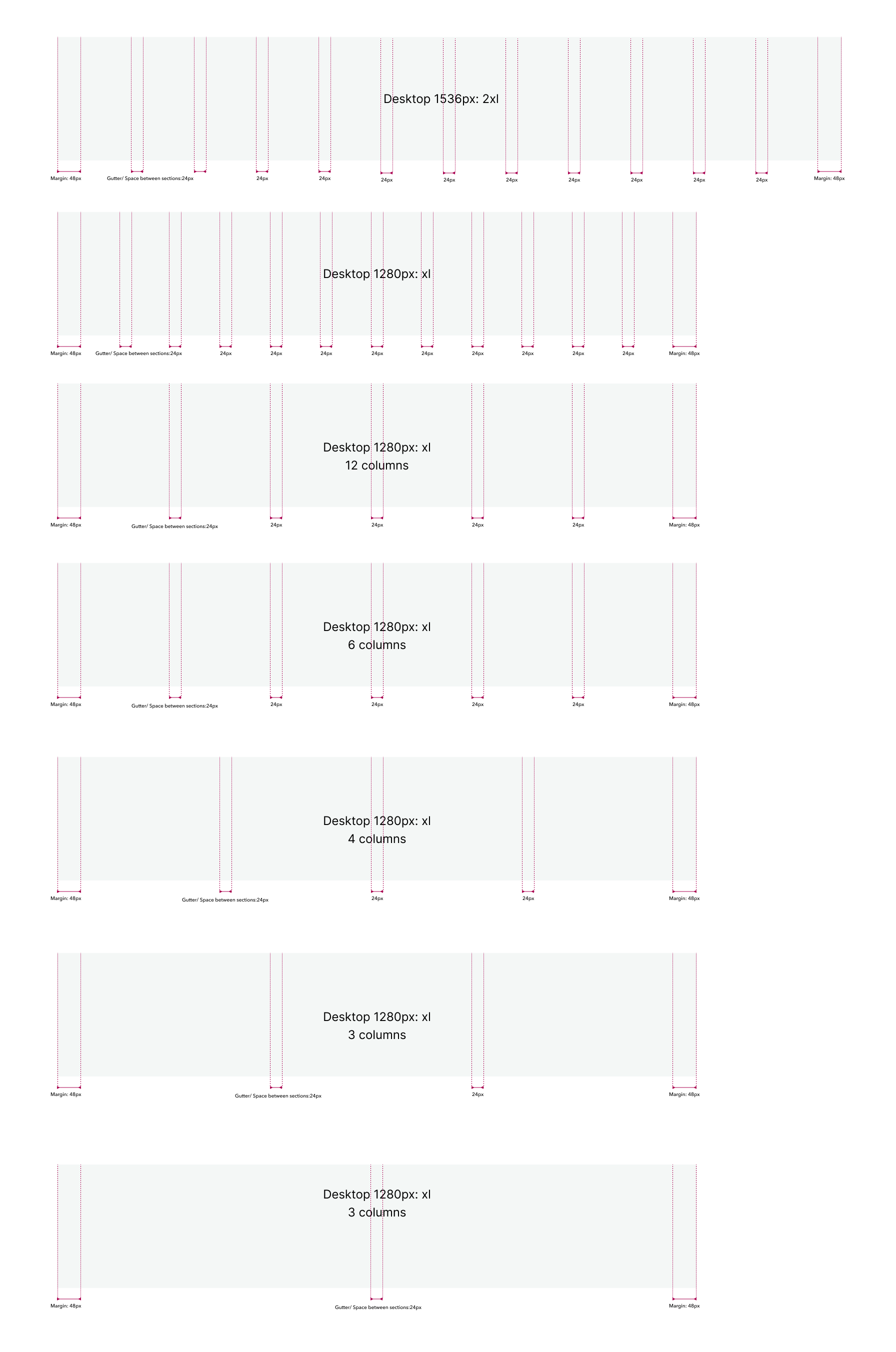
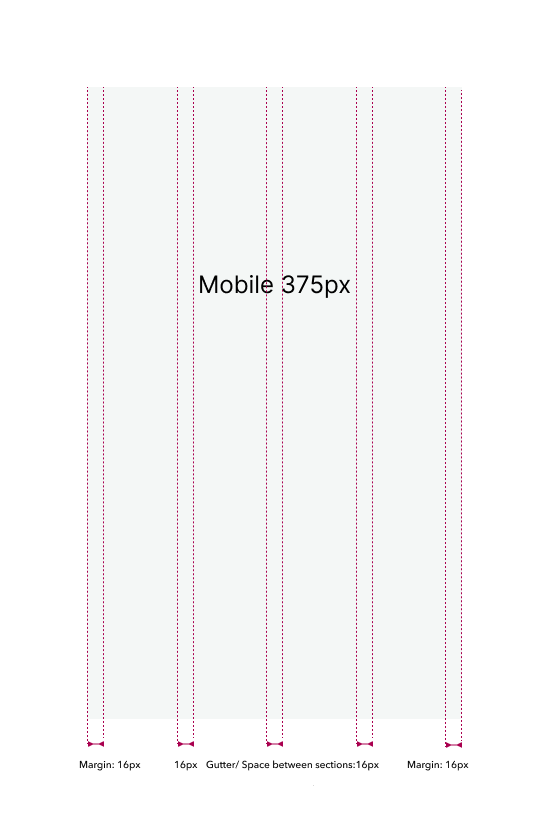

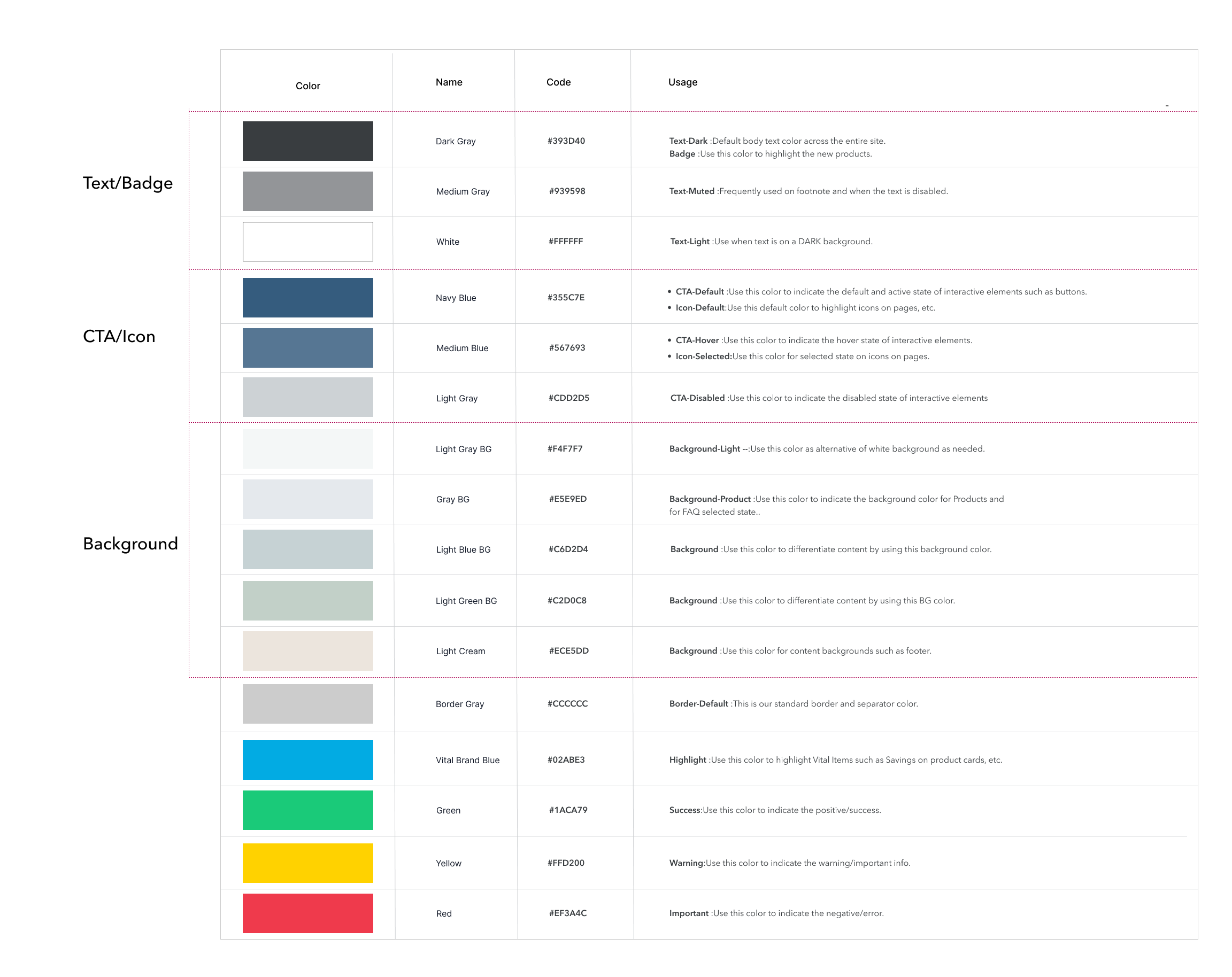
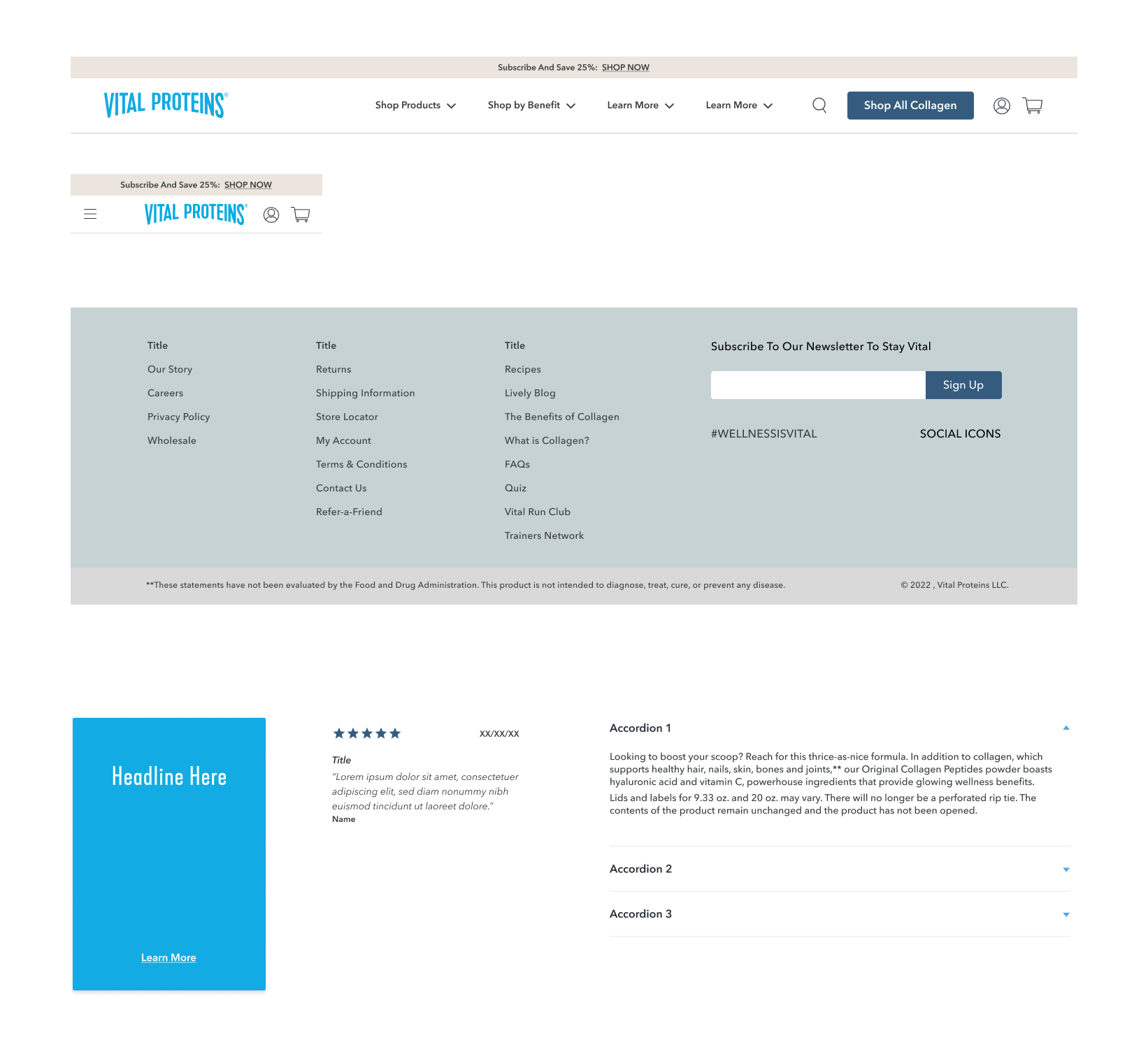
Accelerated Implementation:
Improved Collaboration:
Accelerated Implementation:
Through strategic collaboration, detailed design considerations, and an iterative approach, the overhaul of Vital Proteins’ design system taught me valuable lessons.
The transformation not only enhanced the user experience but also revolutionized the efficiency of design and development processes. This case study underscores the successful transition from design inconsistency to a harmonious and efficient system, delivering benefits to both users and the Business.